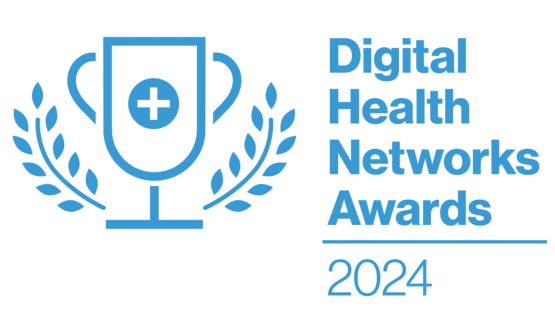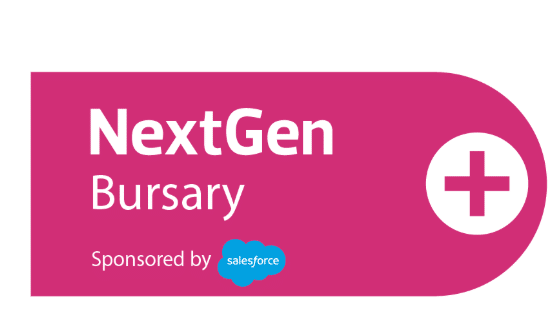Enter the CCG
- 25 November 2013

The ultimate goal of medical informatics must surely be the development of a medical record which connects transparently across primary, secondary and community care.
Although the National Programme for IT tried to achieve this, it failed lamentably; wasting the best part of £12 billion in the process, and setting back medical IT by a decade.
As a result, I am becoming increasingly angry about the continuing lack of integration of medical information within the NHS.
Quite rightly, patients expect that healthcare providers should be sharing all relevant information about them, and they are frankly amazed when they discover how primitive our communication systems actually are.
The good news is that developments in primary care computing have sneaked up on us in a way that may well provide the integrated medical record that we so desperately need — and much more cheaply than NPfIT managed.
Once, I loathed SystmOne
Surprisingly, the answer may be TPP’s SystmOne. I say ‘surprisingly’, because in the past I hated SystmOne with a passion.
To my mind, its early versions provided a much inferior view of the patient record to that provided by the problem orientated record in iSoft’s Synergy, which is what I was then using.
With the end of CSC’s support for Synergy, our practice had to migrate, and it seemed sensible to go to SystmOne.
My partners wanted to do that, most of our clinical commissioning group was using it, and as clinical lead for informatics it seemed wise for me to have hands-on experience of the system being used by the majority of our practices.
And I still loathed it! But then something happened. It had always been obvious that SystmOne was excellent for communication, both within the practice and outside: its method of sharing information between different providers is transparent, quick and efficient.
But now TPP is developing SystmOne’s ability to function as a problem-based record (if the user chooses) – which means that my original concerns about the presentation of the patient record are no longer valid.
Our surgery is now one of the pilot sites for this development – and it’s great, with a number of features that even Synergy didn’t possess.
Now, I love it
So, my view of SystmOne has changed radically: I now have the zeal of a convert. With the communication aspects already tucked under its belt, and with the immense improvement in the views of the clinical record available under problem-based recording, SystmOne is rapidly developing into a killer app.
But there’s more. Because SystmOne has a well-developed ability to share templates, protocols and reports, it is easy to create these devices centrally within the CCG and publish them to all of its SystmOne practices.
This saves large amounts of time (especially for practices which are not that IT-literate), creates software of a uniformly high standard, and leads to greater consistency of input and reporting.
Even so, it’s the sharing of information that excites me so much. The more that clinicians operate from a common record, the greater the amount of information available to them all – including results and medications.
In turn, there is less need for multi-page letters describing what was found at the clinic, including all investigations, both normal and abnormal: instead clinicians can look directly at the record.
This simplification will lead to considerable saving of provider clinicians’ time in writing and checking letters, and an equivalent saving of GPs’ time, because there will be much less text to read in incoming mail.
Under SystmOne, information also passes between providers in real time, which gets rid of a great deal of messing around.
Gone will be the days when patients came to the GP saying that they were seen in A&E the previous night and given an antibiotic (but they don’t remember its name); and had some blood tests done (but they don’t know the results).
No longer will my surgery staff have regularly to ring up casualty, interrupt a hard-pressed nurse, and arrange for a copy of the record to be faxed back to us while we all wait around twiddling our thumbs.
It’s going to save everyone hours! It will be a great deal safer for the patient, too.
There goes the neighbourhood
Because of all these advantages, our CCG is working towards creating a ‘SystmOne neighbourhood’, connecting together as many of our local providers as possible.
Indeed, in the future, CCG contracts with providers are likely to stipulate the use of SystmOne (or a system that can interface with it) as part of the deal: the more we all work from a single system the cheaper, the more efficient and the safer our delivery of healthcare will become.
And yet… It’s strange that I am saying all this, because I am also a passionate supporter of competition in stimulating the development of goods and services.
In addition, under GPSoC, GP practices are entitled to have a free choice of any of the approved systems, and I will continue to stick by them, and their right to choose their own system, against all-comers.
I have therefore clashed (nicely!) with those of my colleagues in the CCG who feel that the CCG should mandate a single system in primary care. I won’t let them push that through.
Despite my keenness for SystmOne, users of other systems won’t be disadvantaged: they’ll be able to share data using the MIG (the Medical Interoperability Gateway) to read from other systems, with the possibility in the future of being able to write back to them as well.
Nevertheless, the inherent advantages of a single SystmOne neighbourhood are colossal. We’re already starting to reap the benefits by sending out custom-made templates to all SystmOne practices – and as I have discussed previously, we have plans to use centrally-generated SystmOne Protocols to help practices refer more cost-effectively.
Why not join us?
There are many advantages for our CCG in being a near-monopoly user of SystmOne, and I intend to exploit this situation to its maximum.
To that end I’ve also set up a loose liaison network for those CCGs which have SystmOne as either a monopoly or near monopoly, so we can share ideas about utilising the benefits inherent in this situation. (Incidentally, if you would like to join this network, please email me john.lockley@gmail.com .)
Integration of the medical record across primary and secondary care is paramount. How strange that it has been achieved, not by a massively expensive, convoluted and complex government project, but through the intensive and thoughtful development of a primary care system.


Dr John Lockley
Dr John Lockley is clinical lead for informatics at Bedfordshire Clinical Commissioning Group and a part-time GP.




